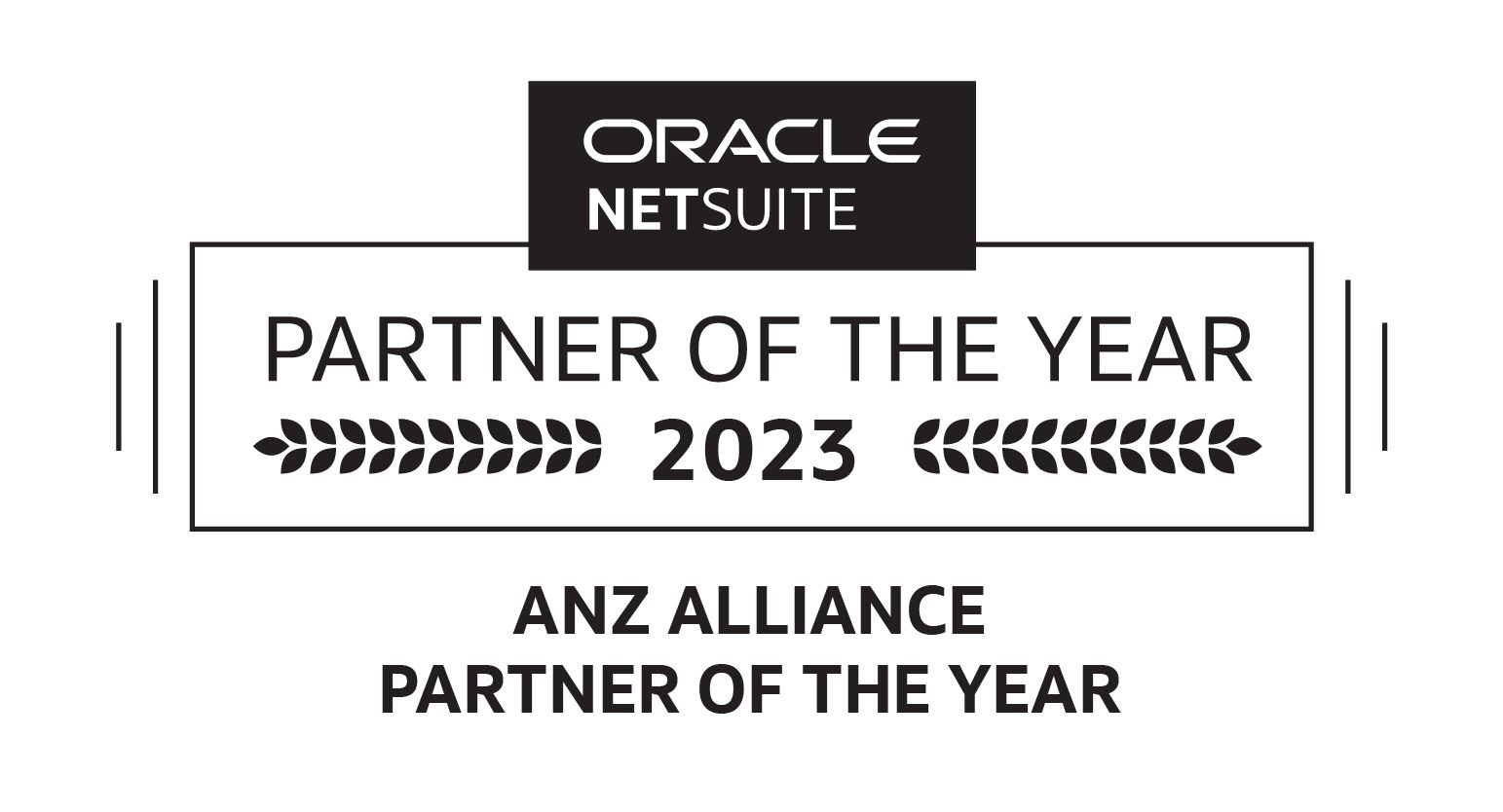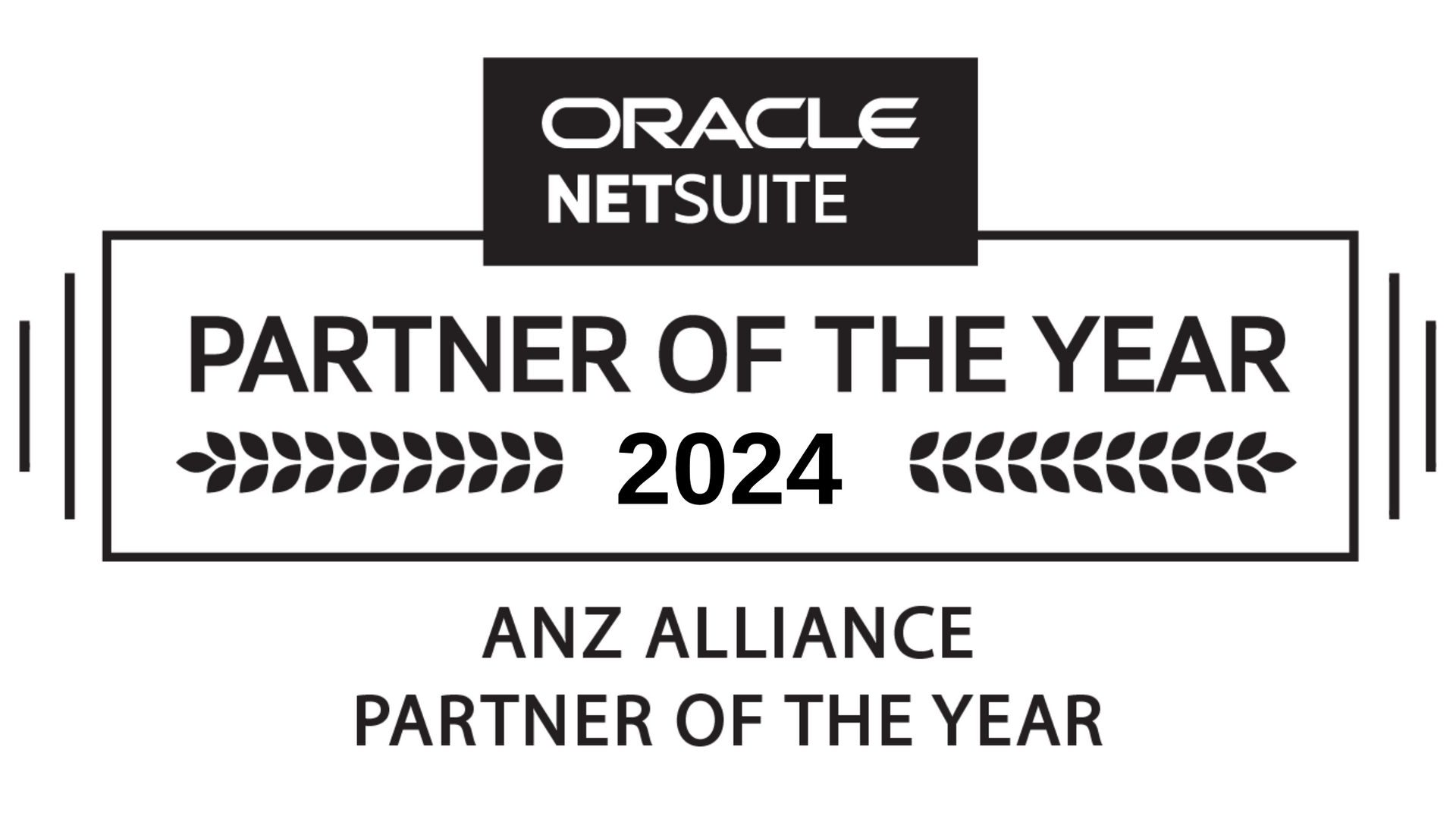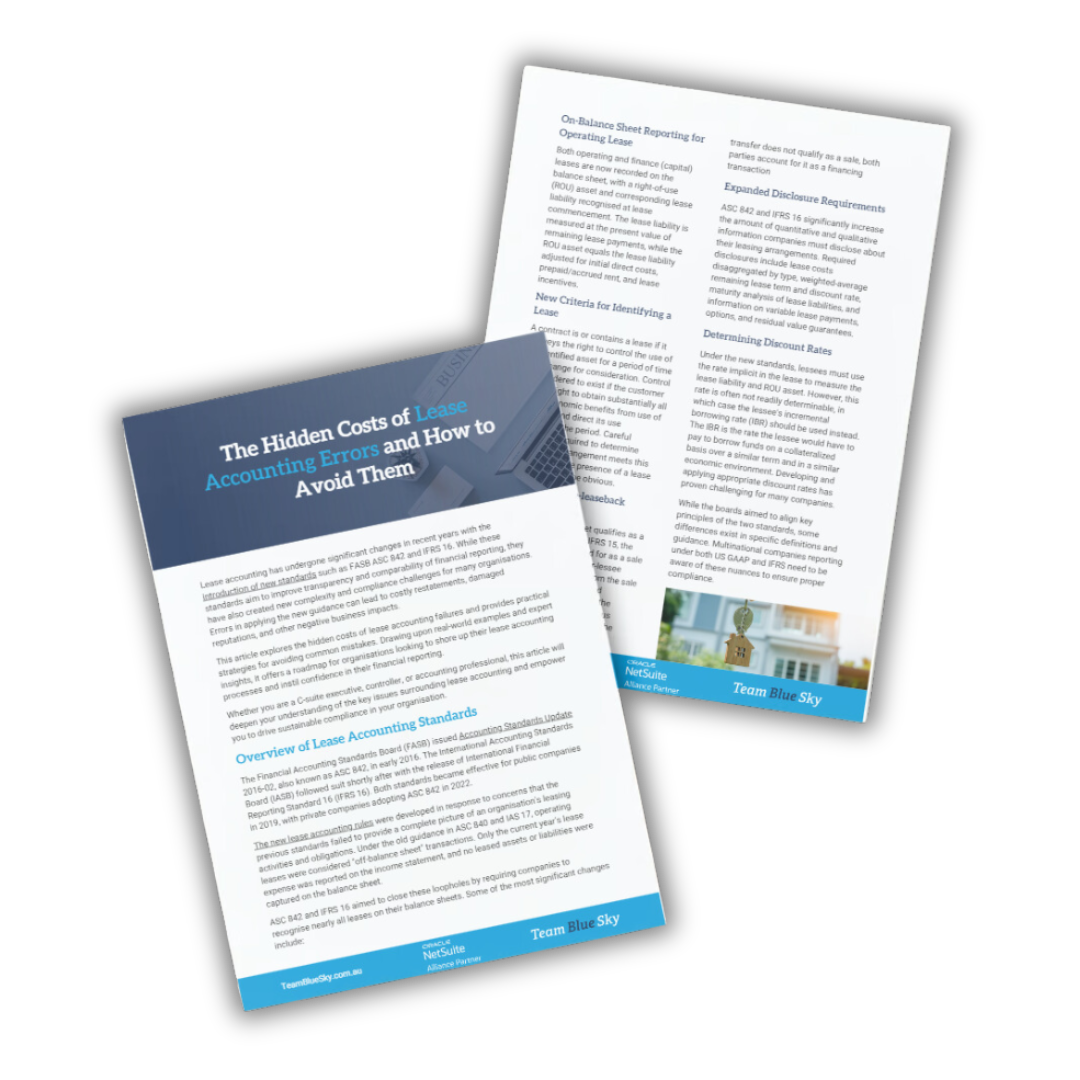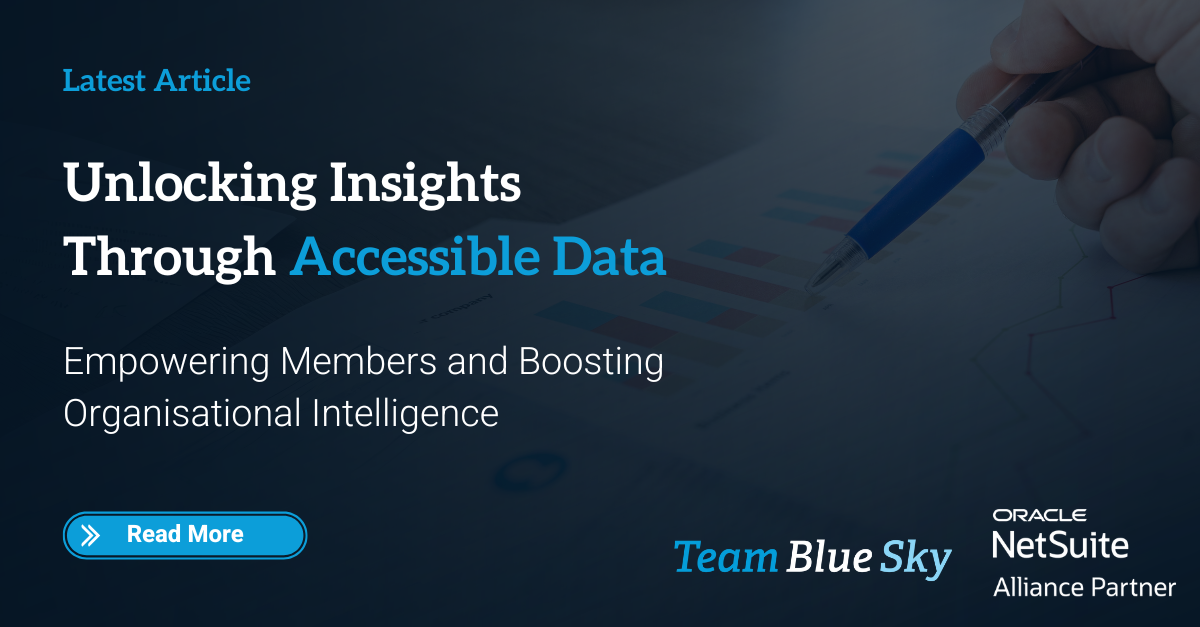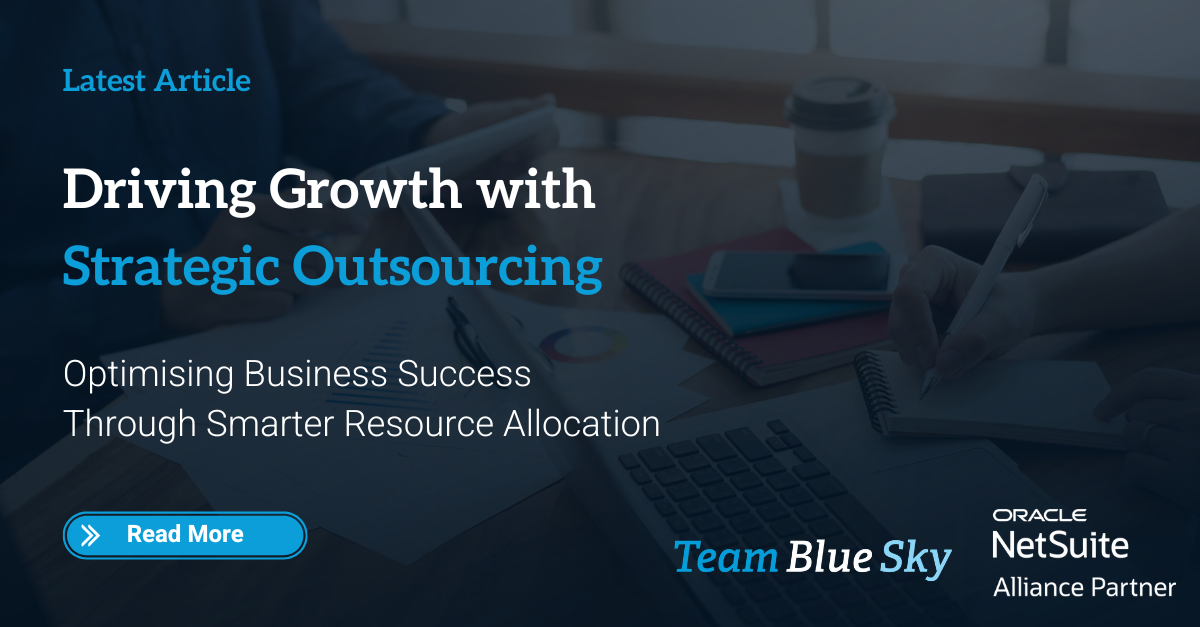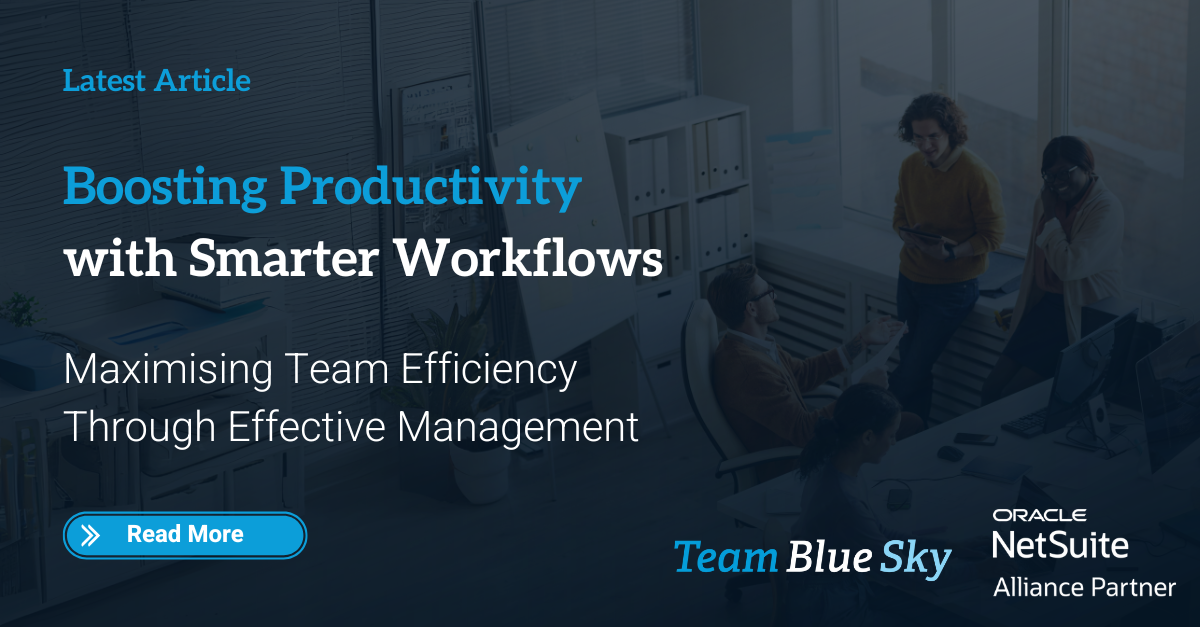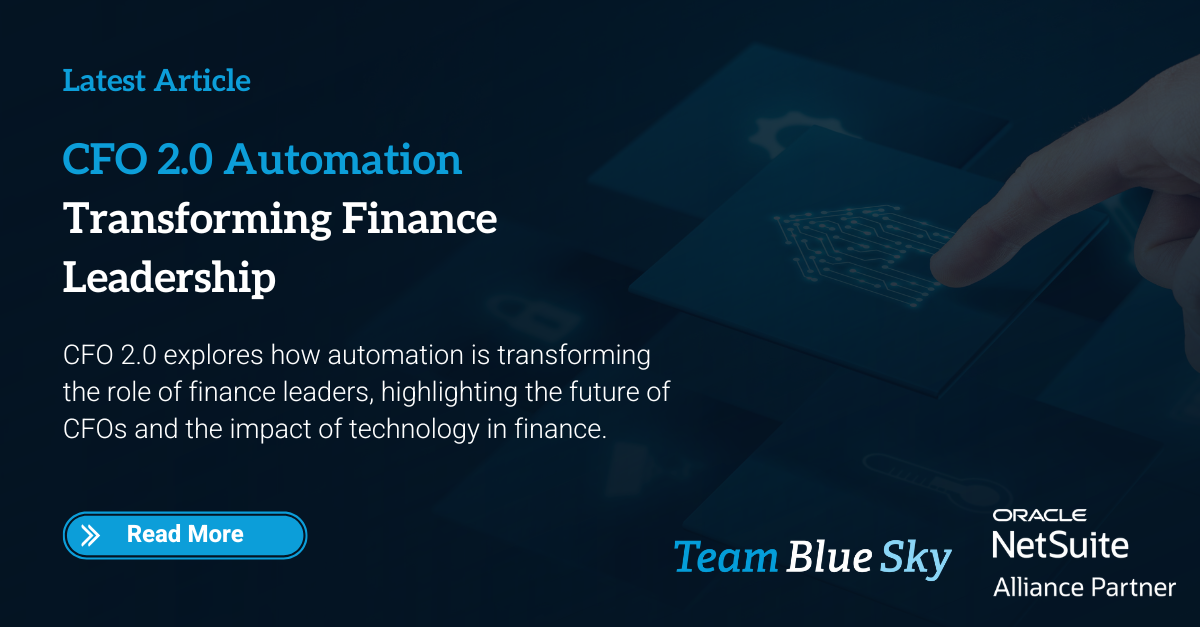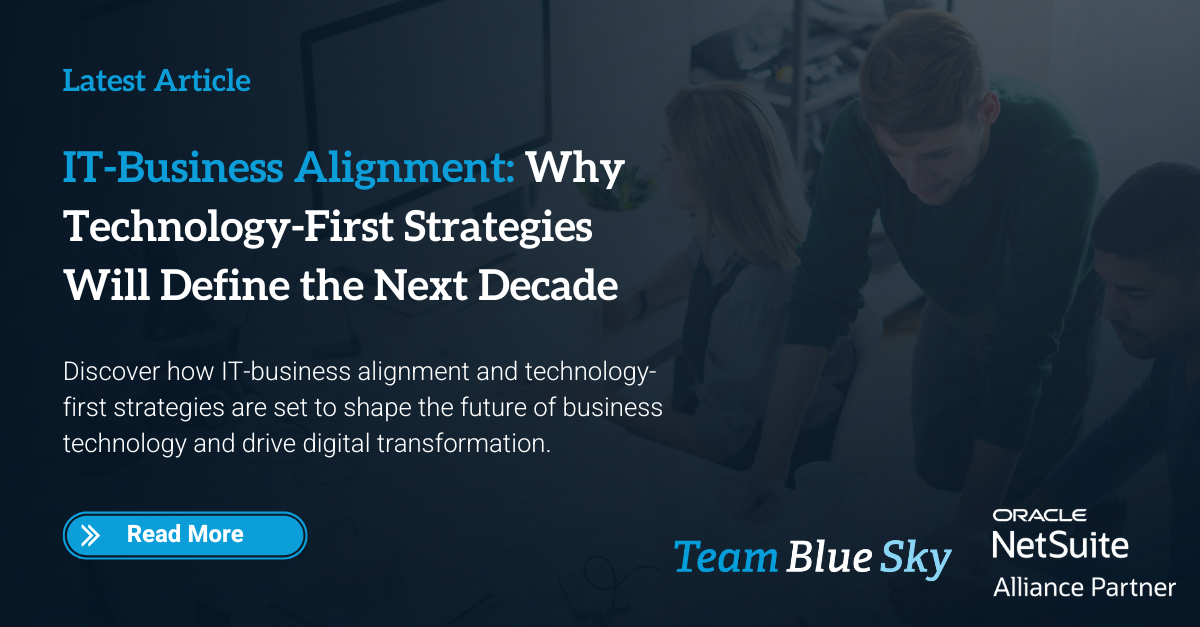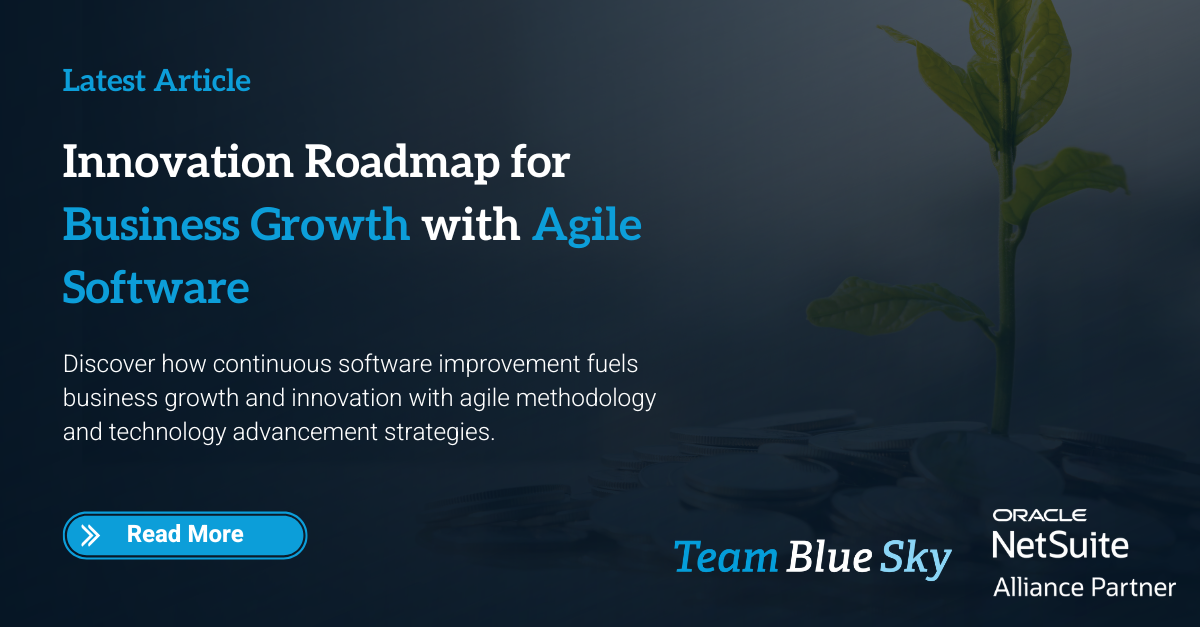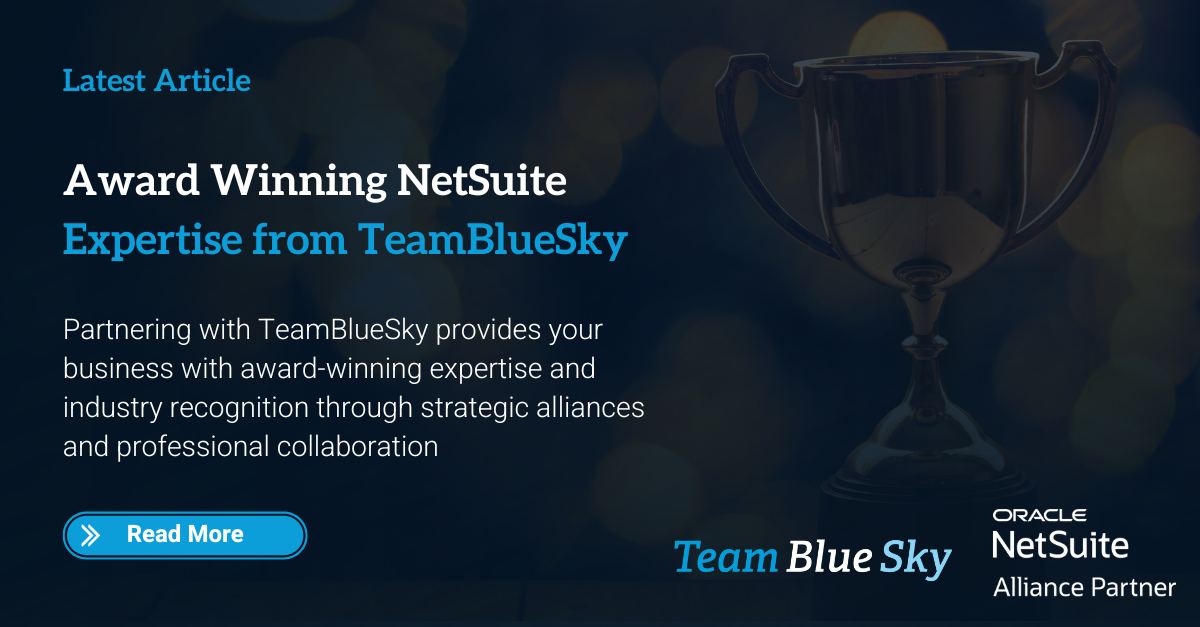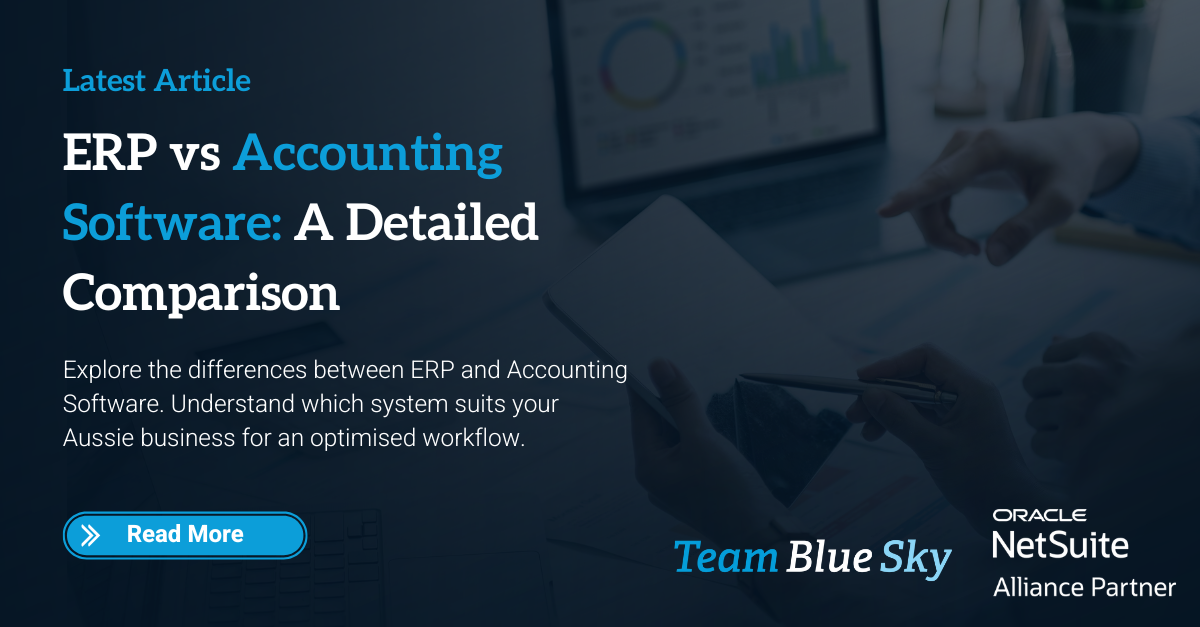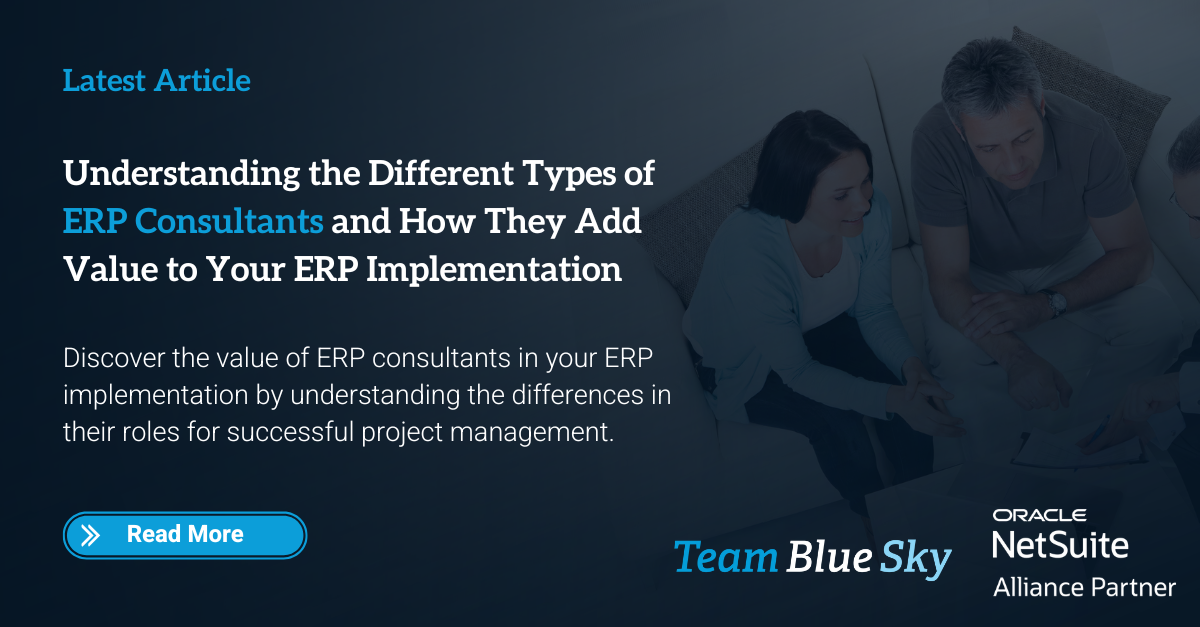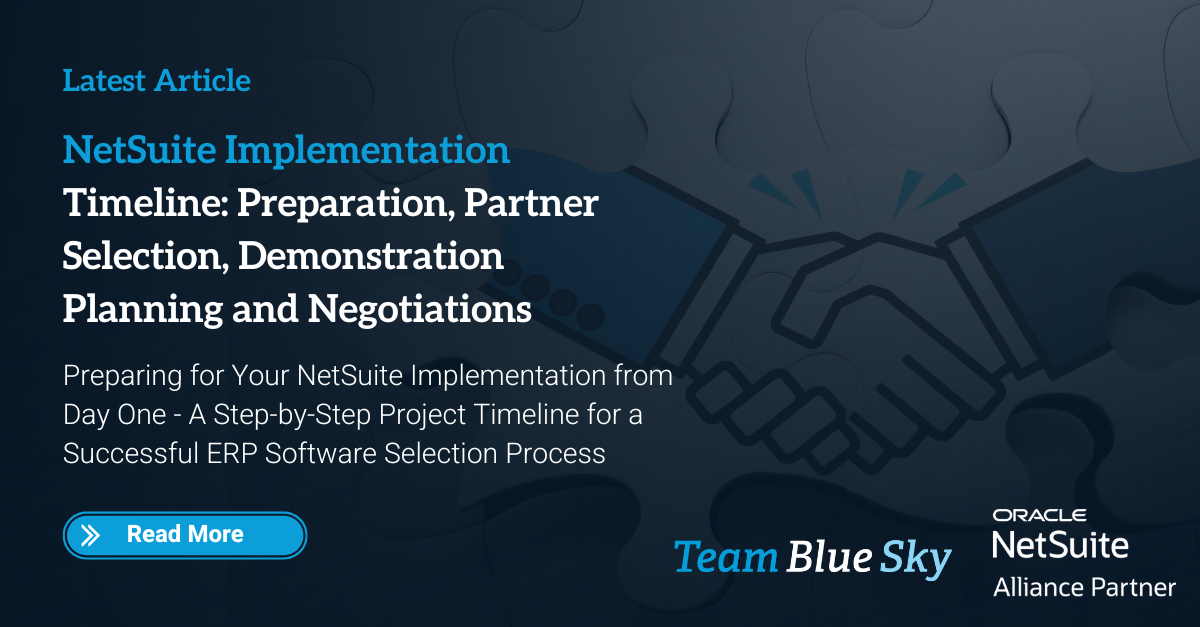The Hidden Costs of Lease Accounting Errors and How to Avoid Them
Lease accounting has undergone significant changes in recent years with the introduction of new standards such as FASB ASC 842 and IFRS 16. While these standards aim to improve transparency and comparability of financial reporting, they have also created new complexity and compliance challenges for many organisations. Errors in applying the new guidance can lead to costly restatements, damaged reputations, and other negative business impacts.
This article explores the hidden costs of lease accounting failures and provides practical strategies for avoiding common mistakes. Drawing upon real-world examples and expert insights, it offers a roadmap for organisations looking to shore up their lease accounting processes and instil confidence in their financial reporting.
Whether you are a C-suite executive, controller, or accounting professional, this article will deepen your understanding of the key issues surrounding lease accounting and empower you to drive sustainable compliance in your organisation.
Overview of Lease Accounting Standards
The Financial Accounting Standards Board (FASB) issued Accounting Standards Update 2016-02, also known as ASC 842, in early 2016. The International Accounting Standards Board (IASB) followed suit shortly after with the release of International Financial Reporting Standard 16 (IFRS 16). Both standards became effective for public companies in 2019, with private companies adopting ASC 842 in 2022.
The new lease accounting rules were developed in response to concerns that the previous standards failed to provide a complete picture of an organisation's leasing activities and obligations. Under the old guidance in ASC 840 and IAS 17, operating leases were considered "off-balance sheet" transactions. Only the current year's lease expense was reported on the income statement, and no leased assets or liabilities were captured on the balance sheet.
ASC 842 and IFRS 16 aimed to close these loopholes by requiring companies to recognise nearly all leases on their balance sheets. Some of the most significant changes include:
On-Balance Sheet Reporting for Operating Lease
Both operating and finance (capital) leases are now recorded on the balance sheet, with a right-of-use (ROU) asset and corresponding lease liability recognised at lease commencement. The lease liability is measured at the present value of remaining lease payments, while the ROU asset equals the lease liability adjusted for initial direct costs, prepaid/accrued rent, and lease incentives.
New Criteria for Identifying a Lease
A contract is or contains a lease if it conveys the right to control the use of an identified asset for a period of time in exchange for consideration. Control is considered to exist if the customer has the right to obtain substantially all of the economic benefits from use of the asset and direct its use throughout the period. Careful analysis is required to determine whether an arrangement meets this definition, as the presence of a lease may not always be obvious.
Changes to Sale-leaseback Accounting
If a transfer of an asset qualifies as a sale under ASC 606 or IFRS 15, the transaction is accounted for as a sale and leaseback. The seller-lessee recognises the full gain from the sale (rather than deferring it) and measures the ROU asset at the retained portion of the previous carrying amount. However, if the transfer does not qualify as a sale, both parties account for it as a financing transaction.
Expanded Disclosure Requirements
ASC 842 and IFRS 16 significantly increase the amount of quantitative and qualitative information companies must disclose about their leasing arrangements. Required disclosures include lease costs disaggregated by type, weighted-average remaining lease term and discount rate, maturity analysis of lease liabilities, and information on variable lease payments, options, and residual value guarantees.
Determining Discount Rates
Under the new standards, lessees must use the rate implicit in the lease to measure the lease liability and ROU asset. However, this rate is often not readily determinable, in which case the lessee's incremental borrowing rate (IBR) should be used instead. The IBR is the rate the lessee would have to pay to borrow funds on a collateralized basis over a similar term and in a similar economic environment. Developing and applying appropriate discount rates has proven challenging for many companies.
While the boards aimed to align key principles of the two standards, some differences exist in specific definitions and guidance. Multinational companies reporting under both US GAAP and IFRS need to be aware of these nuances to ensure proper compliance.
Common Lease Accounting Errors
With the new leasing standards introducing fundamental changes and increased complexity, it's no surprise that many organisations have struggled to get their lease accounting right. Errors and missteps can crop up throughout the lease lifecycle, from initial identification and classification through to measurement, reporting, and disclosure.
Some of the most frequent lease accounting mistakes include:
Misclassifying Leases as Operating VS. Finance
ASC 842 and IFRS 16 provide specific criteria for determining whether a lease should be classified as operating or finance (referred to as "capital" under IAS 17). Misapplying these tests can lead to leases being accounted for in the wrong category, resulting in incorrect measurement and presentation. For example, a finance lease incorrectly classified as operating would understate assets and liabilities and front load expenses.
Errors in Calculating ROU Assets and Lease Liabilities
Building an accurate lease amortisation schedule requires careful consideration of all the relevant inputs - lease term, lease payments, initial direct costs, incentives, etc. Even small mistakes in these elements can throw off the entire calculation, leading to misstated balances. Common pitfalls include using an incorrect discount rate, failing to reassess options and variable payments, and double-counting or omitting certain costs.
Inaccurate or Incomplete Lease Data and Documentation
Many organisations struggle to wrangle their full lease portfolio, especially when leases are managed decentrally across multiple business units, geographies, and systems. Critical data on lease terms, payment amounts, options, and incentives may be missing, outdated, or inconsistent. Lack of visibility into the complete lease population creates risk of material omissions or errors.
Omitting Required Disclosures and Reporting
As mentioned in Chapter 1, the new standards significantly expand the footnote disclosures required for leasing activities. Many companies underestimate the effort involved in gathering all the necessary data points and fall short in their disclosures. Failure to provide complete and accurate information can raise red flags for auditors and investors.
Other common errors span improper accounting for related party leases, sale-leasebacks, build-to-suit arrangements, and asset retirement obligations. Given the diversity of leasing arrangements, it's critical for organisations to dive into the details of the guidance and think through the appropriate treatment for their specific fact patterns.
Financial Statement Impacts
Seemingly small lease accounting mistakes can have a big impact on an organisation's financial statements. Here are some of the key ways errors show up in a company's reported results:
Overstated or Understated Assets and Liabilities
Errors in calculating the initial ROU asset and lease liability, such as using the wrong discount rate or lease term, flow through to the ending balances. Misclassifying leases between operating and financing categories also impacts which line items the balances are presented in. These mistakes can make it difficult for investors and other stakeholders to accurately evaluate a company's financial position.
Inaccurate Depreciation, Interest, and Lease Expense
Under ASC 842 and IFRS 16, the ROU asset for an operating lease is amortised on a straight-line basis, while the lease liability is accreted using the effective interest method. For a finance lease, the ROU asset is depreciated (typically straight-line) and interest expense is recognised on the lease liability. Errors in the initial measurement of the ROU asset and liability, or in the subsequent accounting, can lead to misstated depreciation, interest, and total lease expense.
Improper Expense Recognition Timing
One of the main impacts of the new leasing standards is the acceleration of expense recognition for operating leases. Under ASC 840 and IAS 17, operating lease expense was recognised on a straight-line basis over the lease term. However, ASC 842 and IFRS 16 require separate recognition of amortisation and interest expense, which results in a front-loaded expense pattern. Failure to appropriately account for this timing shift can distort expense trends and impact profit margins.
Potential Restatements Needed to Correct Errors
Material lease accounting mistakes often require prior period adjustments to correct the financial statements. Restatements involve significant cost and effort to calculate the impact of the error, revise past filings, and communicate the changes to stakeholders. They also raise questions about the reliability of the company's financial reporting and internal controls. Even if errors don't rise to the level of a material weakness, they can still erode trust and credibility with investors.
Reduced Comparability Between Periods and Companies
The lease accounting transition provisions allow for certain practical expedients and policy elections that can reduce comparability. For example, companies have the option to apply the new guidance either retrospectively to each prior period presented or prospectively at the effective date. Differences in adoption methods, expedients elected, and judgments made can impede meaningful benchmarking and analysis. Errors and inconsistency in application further diminish the usefulness of the information.
Beyond the quantitative impacts, lease accounting mistakes can lead to qualitative concerns about the competency and integrity of management. Investors, lenders, and other stakeholders rely on financial statements to make capital allocation decisions. Errors, even if seemingly minor, challenge the company's ability to provide accurate and reliable information. Ongoing lease accounting deficiencies can compound the damage over time.
Strategies for Getting Lease Accounting Right
So what can organisations do to avoid the many pitfalls of lease accounting and instil confidence in their financial reporting? Here are some best practices to consider:
Perform a Comprehensive Lease Inventory and Data Validation
Start by gathering all lease contracts and abstracting key terms into a centralised database. Validate the completeness and accuracy of this data through cross-functional reviews and reconciliations to accounts payable records, prior period disclosures, and other sources. Identify any data gaps that need to be filled through additional research or outreach.
Establish Clear Lease VS. Non-lease Guidance and Thresholds
Create a decision framework for determining whether an arrangement contains a lease and how it should be classified. Develop standardised examples and quantitative thresholds to drive consistency. Document the rationale for all key judgments and conclusions. Socialise the guidance with relevant stakeholders
Integrate Lease Management with Accounting Systems
Deploy a centralised lease accounting software that integrates with your ERP and other critical systems. Automate the flow of key data elements and calculations to reduce manual errors. Build in systemic controls like approval workflows, validation checks, and audit trails. Avoid the temptation to rely solely on spreadsheets given the complexity of the new standards.
Lease Accounting Technology Solutions
Given the volume and complexity of data required under ASC 842 and IFRS 16, many organisations are turning to lease accounting software to streamline and automate compliance. These solutions offer a range of capabilities that can help mitigate risk and drive efficiency:
Centralised Lease Database
A single repository for all leases, including key terms, important dates, payment schedules, and supporting documentation. Role-based access controls and audit trails provide visibility and security. APIs and import templates facilitate data flow to and from other systems.
Automated Lease Classification and Accounting Calculations
Pre Configured and tested logic for classifying leases and calculating ROU assets, lease liabilities, and expense schedules. Supports complex scenarios like variable payments, renewal options, and modifications. Enables sensitivity analysis and what-if modelling.
Configurable Approval Workflows
Customisable workflows to ensure appropriate reviews and sign-offs on new leases, modifications, terminations, etc. Automatic routing and notifications keep processes moving. Enables segmentation of duties and clear audit trails.
Journal Entry Creation and Posting
Automatic generation of periodic journal entries to book lease expense, depreciation, interest, and balance sheet impacts. Flexible mapping to chart of accounts. Two-way integration with general ledger for seamless posting.
Reporting and Analytics Dashboards
Customisable reports and interactive dashboards for real-time visibility into key lease metrics and KPIs. Drill-down capabilities to investigate anomalies. Supports all required quantitative disclosures and exports to external reporting tools. Ad hoc query functionality for analysis and insights.
Navigating Complex Lease Scenarios
While the core concepts of ASC 842 and IFRS 16 are relatively straightforward, the devil is often in the details. Many organisations struggle with how to apply the guidance to more complex leasing scenarios. Here are some of the common challenging areas and advice for navigating them effectively:
Related Party and Intercompany Leases
Leasing arrangements between entities under common control require special focus. The economic substance of the transaction should drive the accounting, considering factors like market pricing, payment terms, and decision making. Ensure related party leases are identified, evaluated, and disclosed in accordance with relevant standards.
Variable Lease Payments
Payments that depend on an index or rate (e.g., CPI adjustments) are included in the initial measurement of ROU assets and lease liabilities using the spot rate at lease commencement. Other variable payments (e.g., payments based on sales or usage) are generally excluded unless they are in-substance fixed. Carefully analyse all payment provisions and update assumptions as conditions change.
Leases with Unusual Terms or Payment Structures
Some leases may have unique terms like contingent rentals, residual value guarantees, or non-monetary consideration. Others may have custom payment structures such as front-loaded or back-ended rent holidays, step payments, or tenant incentives. Understand the business and economic context of these terms to determine the appropriate classification and accounting.
Embedded Leases in Service or Supply Contracts
Arrangements for equipment, warehousing, transportation and other services may contain embedded leases. Apply the definition of a lease to determine if the customer controls the use of an identified asset. This assessment can be nuanced in areas like IT hosting, contract manufacturing, and logistics. Document the key judgments made and rationale.
Subleases and Lease Modifications
Lessees that sublease all or a portion of their space must determine whether the head lease and sublease should be accounted for separately or as a single combined transaction. Lease modifications that extend the term, change the underlying asset, or alter the consideration require careful evaluation to determine whether they should be treated as a new lease or a continuation of the existing lease.
No matter how complex the scenario, the key is to always step back and consider the substance of the arrangement. Gather all the relevant facts, understand the business purpose, and assess the risks and economics from both the lessee and lessor perspective. Don't get hung up on industry jargon or history. Focus on how the arrangement aligns to the core principles of the new standards.
Bringing It All Together
As we've explored throughout this article, the stakes are high when it comes to getting lease accounting right. Organisations that fail to invest in the people, processes, and systems to follow the new standards risk significant financial, operational, and reputational damage. There are no shortcuts or quick fixes.
At the same time, the challenges of lease accounting represent a tremendous opportunity. By shoring up controls, leveraging technology, and building cross-functional collaboration, finance leaders can position their organisations for long-term success.

Henry Sack
General Manager

With over 12 years of experience as a NetSuite implementation consultant, Henry Sack leads TeamBlueSky’s team of NetSuite and accounting experts in his role of General Manager.
TeamBlueSky is a leading Australian
NetSuite Alliance Partner whose mission is to provide critical
NetSuite BPO and
Payroll services to NetSuite clients who are wanting to simplify their
back office processes and partner with a leading
NetSuite administration expert.
TeamBlueSky have also partnered with global Suite Developer Network partners to offer local solutioning, implementation and support services for global NetSuite SuiteApps.


